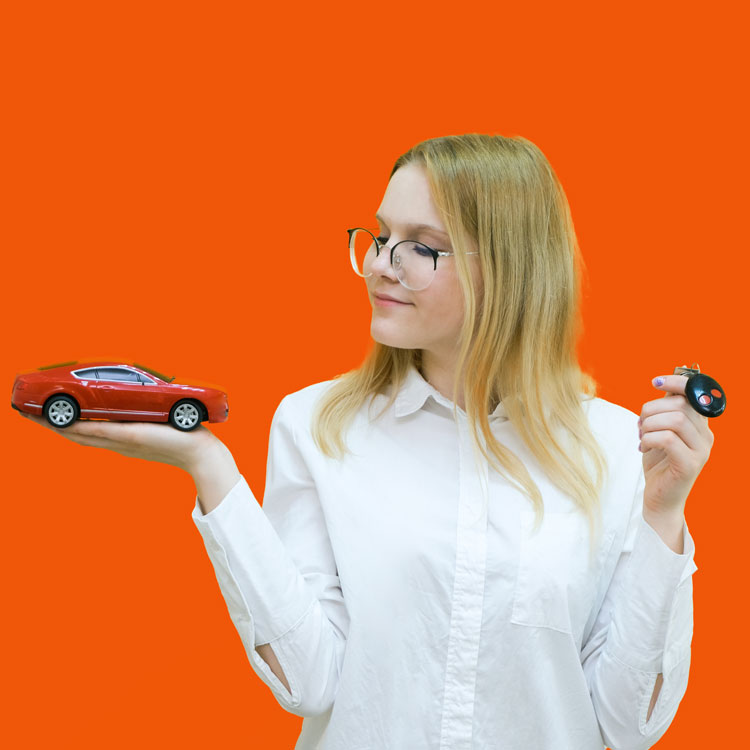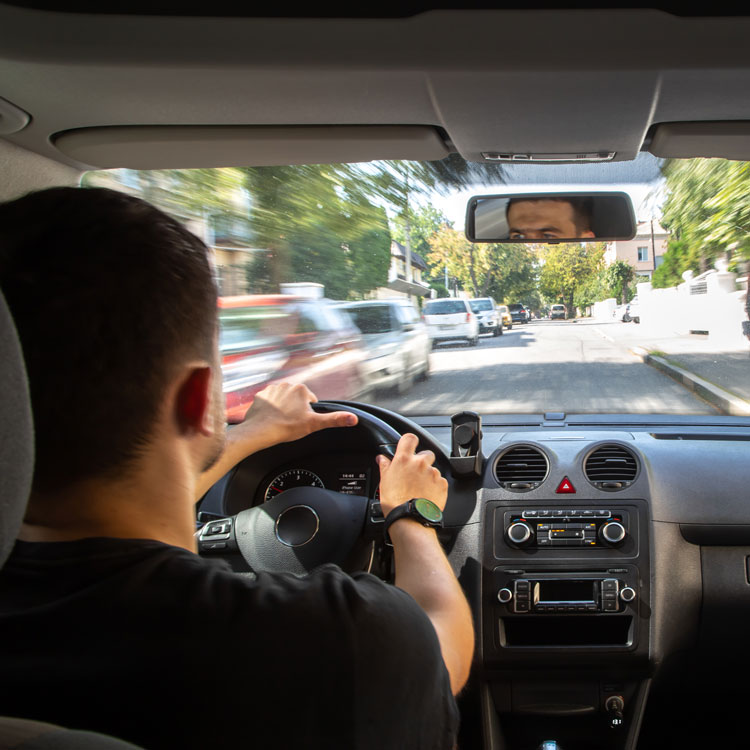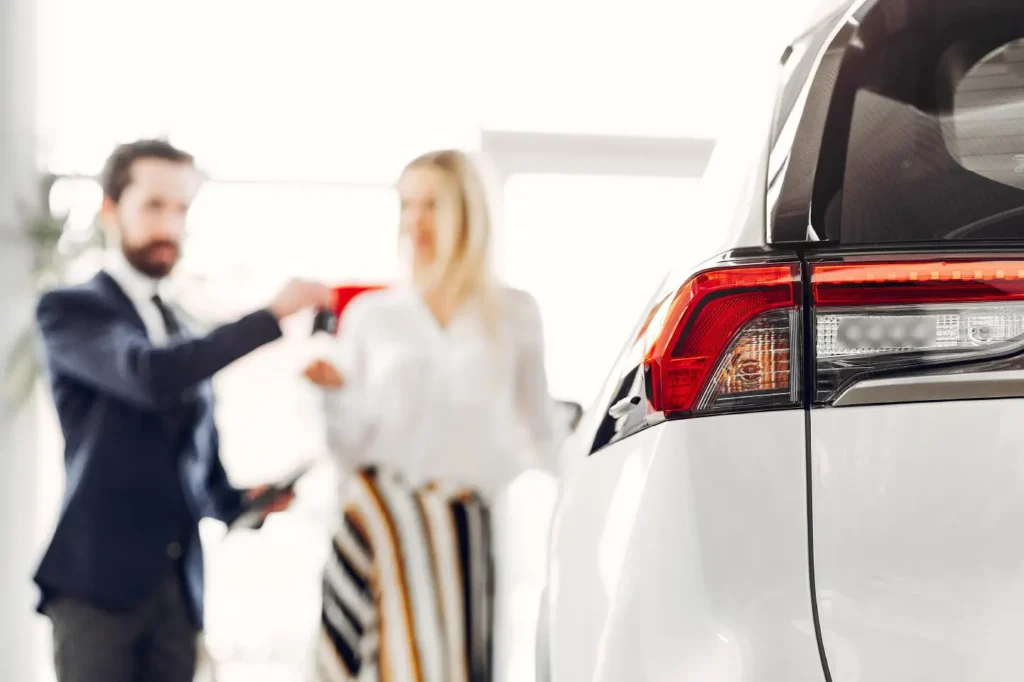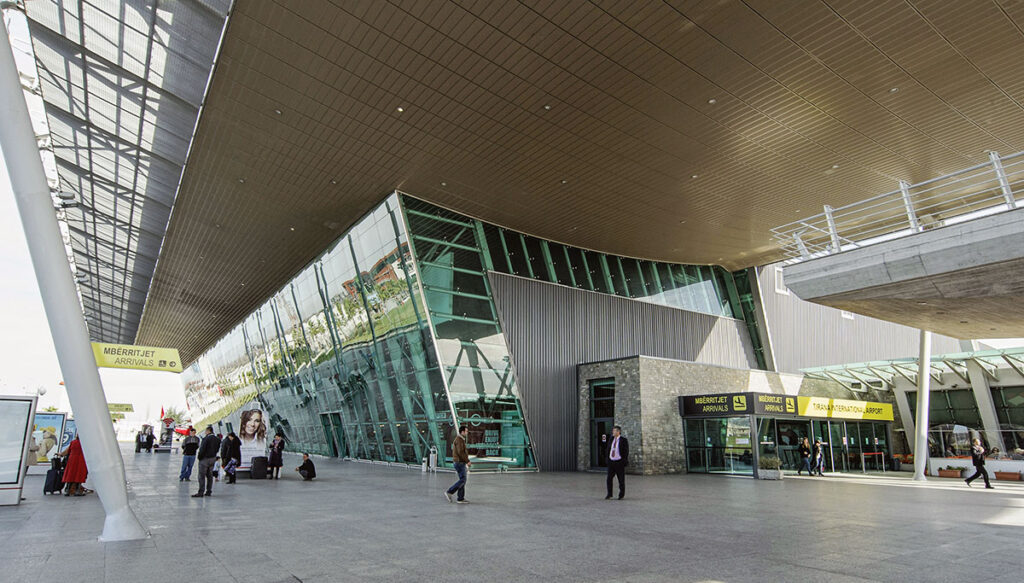Car sharing is a common practice in the US and western Europe. This is a novel method of generating passive income in the Balkans and Eastern Europe. The owners, platforms, and tour operators will face challenges as a result of this new trend in this region of Europe. Why? because personal automobiles are valued highly in this nation’s culture.
Nothing is impossible
We all have our ideal car, right? What if you could make a sizable profit on the automobile you already own and use that money to buy the car of your dreams? Right now, renting a car could be the greatest option. Even when you can commute to work from home or use the bus or bike instead of driving, parking your car causes everyday wear and tear and depreciation. Sharing and making money off of it is therefore the greatest option.
The main goal of car sharing is to make your life easier! How does it make life easier for you?
By making money from it, carpooling is a more environmentally responsible option.

How’s that possible?
The renter won’t utilize another vehicle to release carbon dioxide into the atmosphere if you share your vehicle. More rentals equate to a more pristine setting. Car sharing will be fantastic if you approach it with the correct attitude! Similar tendencies are observed in Western nations, where individuals think that cars will no longer be considered as the status symbols that they once were. Although consumers will be more inclined to use carsharing and even to lend out their own vehicles to others, it will take some time for “as-a-service” business models to fully take hold. Rather than a revolution, there will be an evolution.
Caring is Sharing!
The Future
The car will advance with technology, moving from being a mere means of transportation from point A to point B to a third kind of living space in addition to homes and offices.
The linked car’s revolution is nearly complete. With 40% of new cars having incorporated telematics by 2025, all cars will be connected and software will play a central role in the driving experience. Thirty percent of all new cars will be electrified by 2030, but the real game-changer will come when half of newly sold automobiles are either fully or partially autonomous by 2045. The mobility environment will be significantly impacted by this, as the driver will become a rider. This advancement will serve as the basis for new business models and inspire even more innovative ideas.

The cities
By 2050, over two thirds of the world’s population—more than twice as many as in 1970—will reside in cities. If the government does nothing, there will be more cars on the road, which will increase pollution and the amount of time people spend stuck in traffic. To facilitate the shift to worry-free, reasonably priced, environmentally friendly, and sustainable transportation, municipalities must reevaluate their approaches to mobility.

The future mobility ecosystem will be completely different as new companies join the market, cities, mobility providers, and other stakeholders rearrange the distribution of power and important critical locations throughout the ecosystem. To generate the critical mass required to develop mobility services in a timely manner, strategic alliances and partnerships—possibly even with erstwhile rivals—are crucial.
https://maps.google.com/maps?q=Tirana&t=m&z=12&output=embed&iwloc=near
Public Parking
More and more cities are realizing that parking on-street needs to be charged and controlled according to demand. Transportation authorities and experts praised San Francisco for implementing SFpark, a scheme that modifies the cost of 7,000 parking meters to reach a desired occupancy rate for on-street spaces.
However, while on-street parking management solutions are becoming more popular, cities frequently construct expensive off-street parking structures with little public oversight. Cities frequently neglect to establish explicit objectives for controlling their supply of off-street parking, other from covering the cost of constructing and maintaining the garages. But in San Francisco, where SFpark likewise uses demand-based pricing for public parking garages, this isn’t the case.
The initiative is a model for pricing public garages to increase parking efficiency and decrease traffic. It has experimented with changing the prices of 11,500 off-street parking spaces in 14 city-owned parking garages.
What’s going on in Albania’s capital city of Tirana?
Approximately 25% of gas emissions in the European Union (EU) come from the transportation sector, making it one of the primary causes of air pollution. The transportation industry in Tirana, Albania, has a significant impact on pollution levels, which in turn impacts public health. When it comes to their environmental impact, Albania’s energy and heavy industry sectors pale in comparison to other nations, leaving the transport sector as one of the major producers of greenhouse gas emissions.

Approximately 25% of gas emissions in the European Union (EU) come from the transportation sector, making it one of the primary causes of air pollution. The transportation industry in Tirana, Albania, has a significant impact on pollution levels, which in turn impacts public health. When it comes to their environmental impact, Albania’s energy and heavy industry sectors pale in comparison to other nations, leaving the transport sector as one of the major producers of greenhouse gas emissions.






